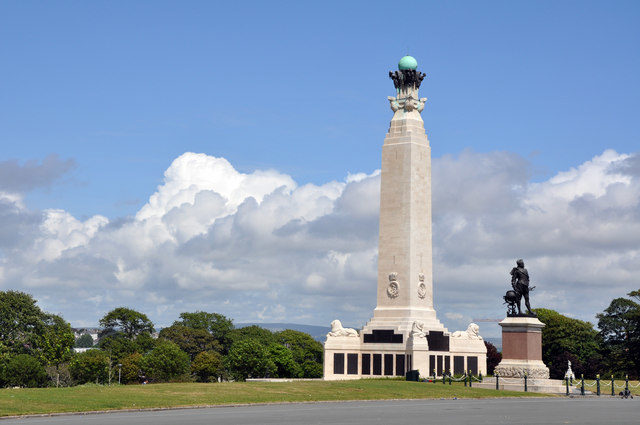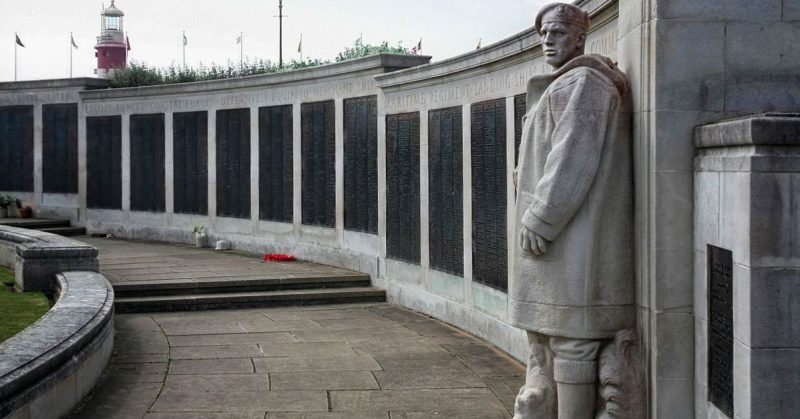A 97-year-old veteran who was an active participant in the evacuation at Dunkirk has said he is disgusted after finding out that the war memorial on the Hoe was vandalized.
Great-grandfather Garth Right, who has attended numerous services at the Plymouth Naval Memorial to honor those who gave their lives, said the monument is sacred to veterans.
Vandals sprayed white paint on a sculpture at the city landmark, which gives the names of 7,000 sailors who died at sea during the First World War and over 15,000 who died in the Second World War.
The former soldier, who in addition to being at Dunkirk was also at the Battle of Monte Casino and VE Day, said it was sick for someone to do such a thing. It is a very distinct place for many people. He cannot fathom what people get out of doing something like this.
Insp. Sally Hutchings, the local neighborhood inspector for the central and south sector, said such incidents are treated with the utmost gravity. It is repugnant that someone would damage a memorial, which means so much to so many people in Plymouth, especially since it was 76 years ago on March 20 that Plymouth was severely damaged by bombers.
She added that police will determine if anything similar occurred elsewhere in the city. If an area is not monitored by CCTV, they will look to other areas leading to the memorial which might have footage.
The memorial, with those at Chatham and Portsmouth, form the Royal Navy’s national monument to thousands of sailors who gave their lives during World War One.
Over 50,000 men and women died while serving with the Royal Navy, and lack any grave except the sea.
The memorial later also commemorated those killed in World War Two.

History of the Plymouth Naval Memorial
After the First World War, an appropriate method of memorializing Royal Navy members who had no known grave was provided, since the majority of deaths occurred at sea where a permanent memorial could not be given.
An Admiralty committee recommended that the three manning ports in Great Britain, Chatham, Portsmouth and Plymouth, should each have the same memorial of unmistakable naval shape, an obelisk, which would work as a leading mark for shipping.
The memorials were designed by Sir Robert Lorimer, who had earlier carried out a substantial amount of work for the Commission, with sculpture by Henry Poole.
The Plymouth Naval Memorial was unveiled 29 July, 1924 by HRH Prince George.
After the Second World War it was resolved that the naval memorials should be extended to make space for remembering the naval dead without graves of that war, but since the three sites differed, a different architectural approach was required for each.
Sir Edward Maufe (who also conceived the Air Forces memorial at Runnymede) was the architect for the Second World War extension at Plymouth, and the added sculpture was by William McMillan and Charles Wheeler.
The Extension was unveiled on 20 May 1954 by HRH Princess Margaret. An additional unveiling took place on 11 November 1956, when panels were paying tribute to those who died on shore, but who had no known grave, were unveiled by Admiral Sir Mark Pizey.
The governments of the other Commonwealth nations elected to commemorate their dead elsewhere, for the most part on memorials in their home sea ports.
Following World War Two, New Zealand and Canada again selected commemoration at home, but the memorial at Plymouth honors sailors from all other parts of the Commonwealth, Plymouth Herald reported.
Plymouth Naval Memorial commemorates 7,251 sailors of World War One and 15,933 of the World War Two.
